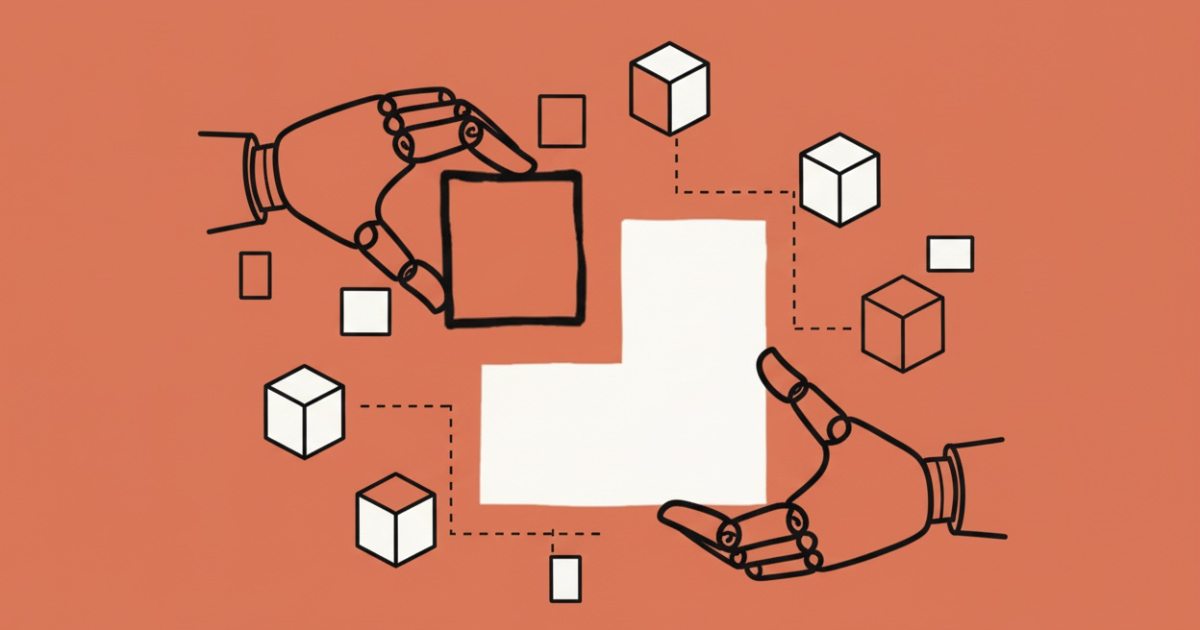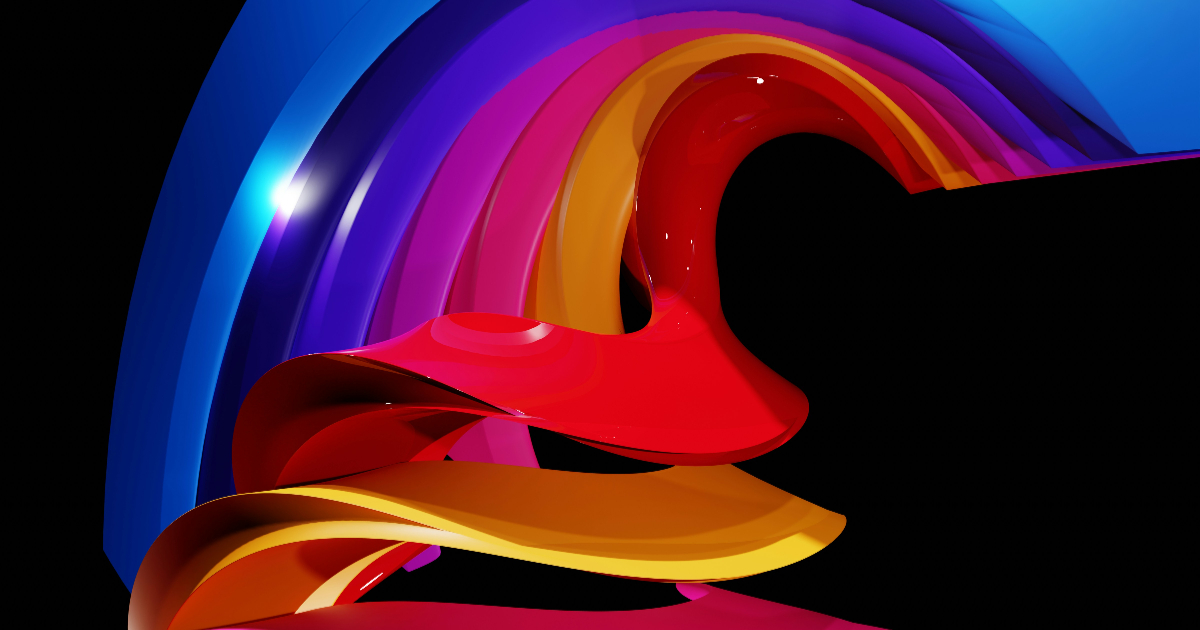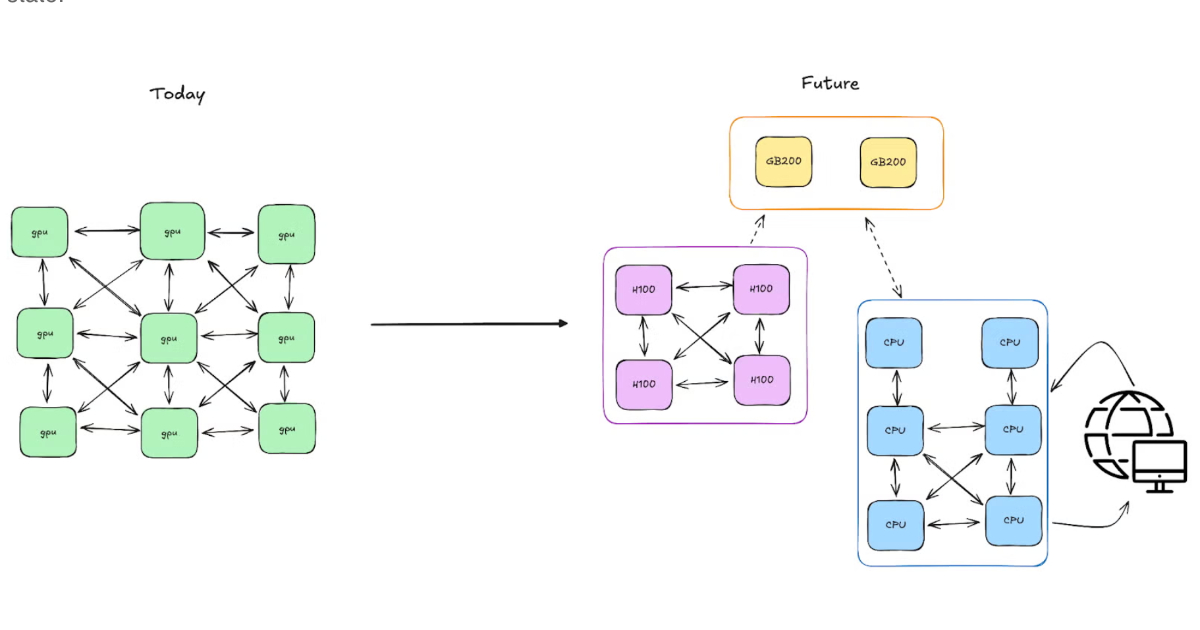Codetown
Codetown ::: a software developer's community
OJUG January and February 2014
Hello OJUGGIES,
Let's start with the Feb meeting since it features...Howard Lewis Ship!
Join us for a Clojure talk by Tapestry author Howard Lewis Ship.
Here's a little about what Howard plans to cover:
"Clojure is a fascinating new(er) programming language, created by Rich Hickey, that combines the ubiquity and performance of Java with the power and expressiveness of Lisp. Clojure excels at interesting problems, especially those involving concurrency, but can also freely interoperate with standard Java. Clojure developers quickly become passionate about this odd little hybrid: it's easy to learn, yet deeply powerful, and is at the heart of a vibrant and exciting eco-system of tools and libraries."

Howard Lewis Ship, the creator and lead developer for the Apache Tapestry project, is respected in the Java community as an expert on web application development, dependency injection, Java meta-programming, and developer productivity. He has well over twenty years of full-time software development under his belt, with over fifteen years of Java. He cut his teeth writing customer support software for Stratus Computer, but eventually traded PL/1 for Objective-C and NeXTSTEP before settling into Java. For the last year, Howard has been working full time in Clojure as well.
Howard is a frequent speaker at JavaOne, NoFluffJustStuff, ApacheCon, and other conferences, and the author of "Tapestry in Action" for Manning (covering Tapestry 3.0).
Howard is an independent consultant, offering training, mentoring, and project work in Tapestry as well as other interesting technologies such as Clojure and AngularJS. He lives in Portland, Oregon with his wife Suzanne, and his children, Jacob and Olivia.
Check details and RSVP here: http://www.codetown.us/events/orlandojug-clojure
Stay tuned for details on the January meeting...
Tags:
Replies to This Discussion
Notes
Welcome to Codetown!
 Codetown is a social network. It's got blogs, forums, groups, personal pages and more! You might think of Codetown as a funky camper van with lots of compartments for your stuff and a great multimedia system, too! Best of all, Codetown has room for all of your friends.
Codetown is a social network. It's got blogs, forums, groups, personal pages and more! You might think of Codetown as a funky camper van with lots of compartments for your stuff and a great multimedia system, too! Best of all, Codetown has room for all of your friends.
Created by Michael Levin Dec 18, 2008 at 6:56pm. Last updated by Michael Levin May 4, 2018.
Looking for Jobs or Staff?
Check out the Codetown Jobs group.
InfoQ Reading List
Google Cloud KMS Launches Post-Quantum KEM Support to Combat "Harvest Now, Decrypt Later" Threat

Google Cloud's Key Management Service now supports post-quantum Key Encapsulation Mechanisms (KEMs), addressing future threats from quantum computing. This update empowers organizations to prepare against "Harvest Now, Decrypt Later" attacks while ensuring long-term data confidentiality.
By Steef-Jan WiggersAnthropic Introduces Skills for Custom Claude Tasks

Anthropic has unveiled a new feature called Skills, designed to let developers extend Claude with modular, reusable task components.
By Daniel DominguezAWS Launches EC2 Capacity Manager for Centralized, Cross-Account Capacity Optimization

Introducing Amazon EC2 Capacity Manager: AWS's new centralized solution for streamlined monitoring and management of EC2 capacity across all accounts and regions. This innovative tool consolidates data into a unified dashboard, enhancing efficiency while reducing operational complexity.
By Steef-Jan WiggersCloudflare Introduces Email Service to Compete with Amazon SES, Resend, and SendGrid

During Cloudflare's recent Birthday Week, the company announced the private preview of its Cloudflare Email Service. This new globally managed service enables developers to send and receive emails directly from Workers using native bindings, without the need for API keys.
By Renato LosioPyTorch Monarch Simplifies Distributed AI Workflows with a Single-Controller Model

Meta’s PyTorch team has launched Monarch, a framework that simplifies distributed AI workflows across multiple GPUs and machines. It uses a single-controller model to manage computations across a cluster, making large-scale training and reinforcement learning tasks easier while allowing developers to keep their standard PyTorch coding practices.
By Robert Krzaczyński
© 2025 Created by Michael Levin.
Powered by
![]()